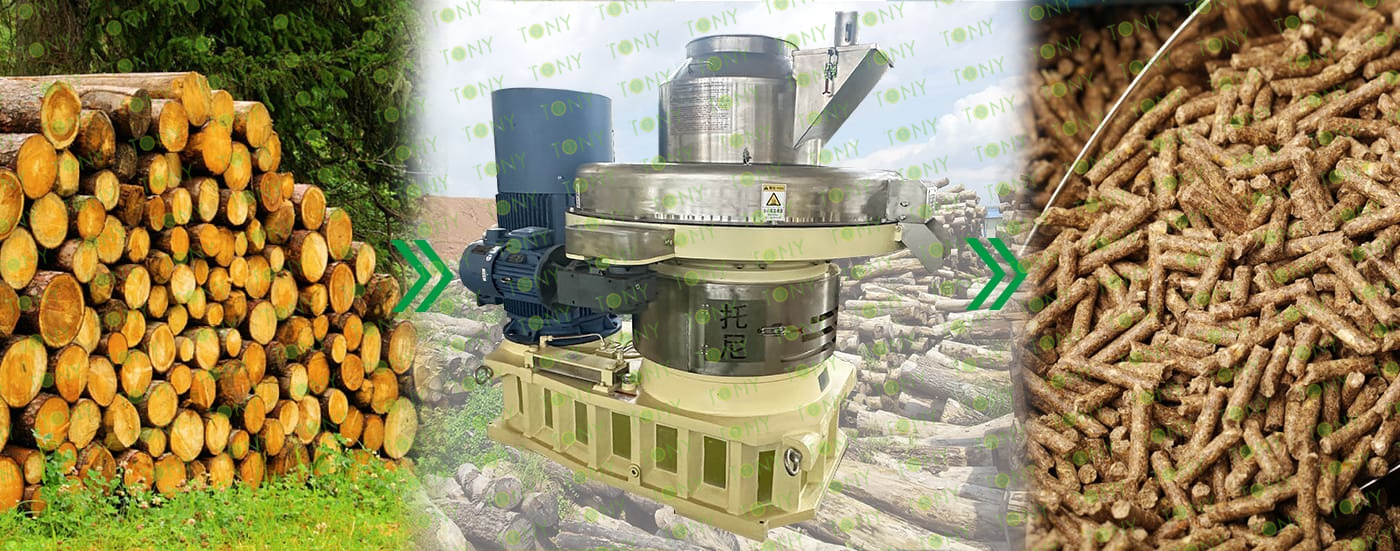"Biomass pellet fuel is an ideal way to utilize agricultural and forestry biomass energy" This view is highly reasonable, and its core advantages are reflected in the efficient conversion of agricultural and forestry waste, the optimization of energy attributes, and environmental friendliness. The following is a detailed analysis of this conclusion from multiple dimensions:
1. The “pain points” of agriculture and forestry biomass and the “solution” of granular fuels
Agricultural and forestry biomass (such as straw, wood chips, rice husks, etc.) is a natural by-product of agricultural and forestry production, but it has obvious defects when untreated:
Loose shape: large size, low density (usually only 50-150kg/m³), extremely high transportation and storage costs, making it difficult to collect and utilize on a large scale.
Low energy density: The thermal efficiency is less than 10% during direct combustion, and it is easy to produce black smoke and ashes, which are poor in practicality.
Strong dispersibility: The source is scattered in the fields and is easily discarded or incinerated without centralized treatment, resulting in waste of resources and air pollution (such as open burning of straw to cause haze).
The biomass pellet fuel can be compressed (after crushing the raw materials and extruded into cylindrical particles with a diameter of 6-10mm) by high pressure), and the energy density is close to medium-quality coal (about 16-19MJ/kg). At the same time, it solves the problems of transportation, storage and combustion efficiency, becoming a key link connecting dispersed raw materials and large-scale energy utilization.

2. Limitations and responses to the “ideal way”
Despite significant advantages, biomass pellet fuels still need to break through the following bottlenecks:
Raw material collection cost: If the radius of scattered agricultural and forestry waste collection exceeds 50 kilometers, the transportation cost will offset the economy and need to be optimized through the "village collective collection point + regional processing station" model;
Seasonal fluctuations: The raw materials are concentrated in the crop harvest season, and supporting storage facilities are required to balance the production throughout the year;
The essence of ideal is "the best comprehensive benefits".Among the many ways of using agricultural and forestry biomass energy (such as direct combustion, gasification, liquefaction, etc.), granular fuel has become the easiest to implement and most large-scale promotion with its comprehensive advantages of high technological maturity, controllable cost, wide applicability and low environmental cost.





















